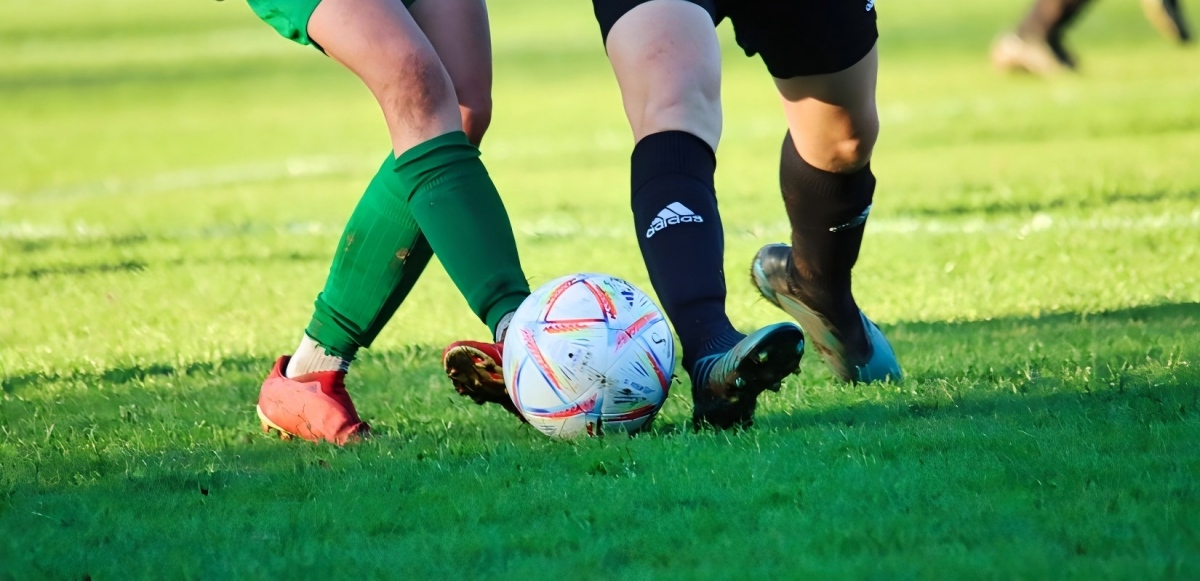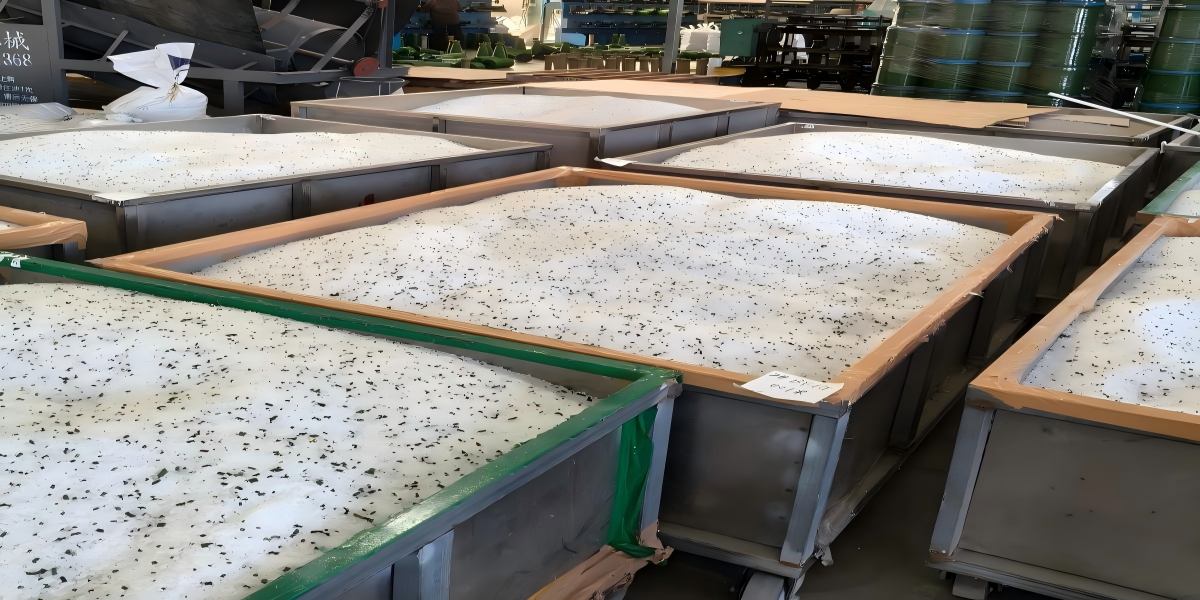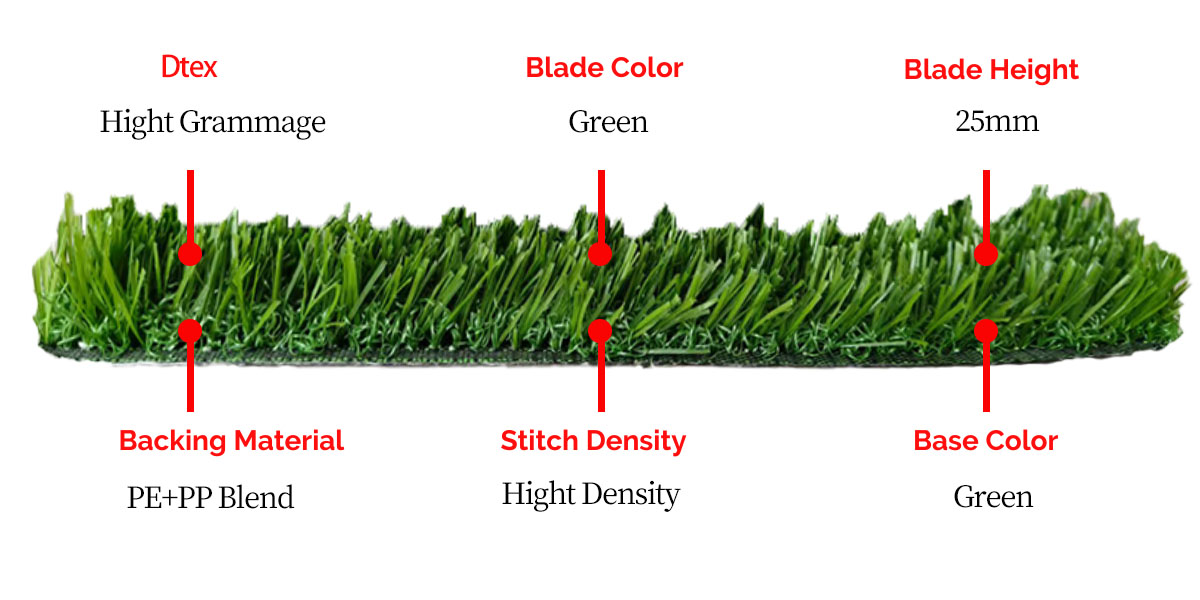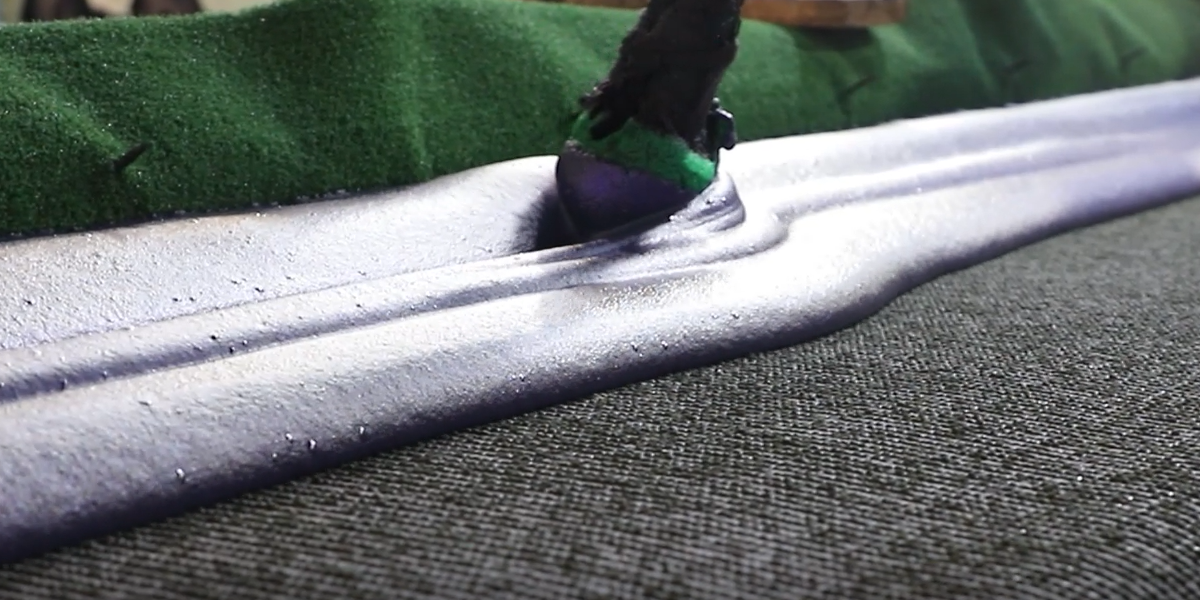News Center
Shandong Zhensure New Materials Technology Industry Co., Ltd.
The global Artificial Grass market has reached a mature stage, offering a vast array of options for landscapes and sports fields. While this variety benefits consumers, it also presents a significant challenge: inconsistent quality. For importers, distributors, and wholesalers, the ability to distinguish premium synthetic turf from substandard products is crucial for maintaining reputation and ensuring customer satisfaction. With some manufacturers competing on price alone, inferior products can easily enter the supply chain. This guide provides a professional framework for evaluating the true quality of artificial grass, empowering you to make informed sourcing decisions that protect your business.

1. Material Composition: The Foundation of Performance
At the core of any synthetic turf is its raw material. The type of polymer used directly impacts the feel, durability, and application of the grass.
Polyethylene (PE): This is the most common and versatile material for landscaping and sports surfaces. PE offers an excellent balance of softness, UV resistance, and natural aesthetics, making it ideal for backyards, playgrounds, and recreational fields.
Polypropylene (PP): Stiffer and less resilient than PE, PP is typically used for shorter-pile turf, such as putting greens, or as a thatch layer in more advanced systems. It is generally less durable under heavy foot traffic.
Nylon (PA): Known as the most robust and resilient fiber, nylon offers superior wear resistance and recovery. It is often used in high-wear areas of sports fields but comes at a higher cost.

2. Key Technical Parameters: Decoding the Specifications
Beyond the base material, several technical specifications provide quantifiable data on quality.
Pile Height & Density: Height alone can be misleading. A more critical metric is density—the number of grass tufts per square meter. A taller pile with low density will feel sparse and wear quickly, while a shorter, dense pile will be more durable and lush.
Face Weight: This is the weight of the grass yarn per square meter, excluding the backing. Generally, a higher face weight indicates a greater volume of material, translating to a denser, more resilient, and longer-lasting lawn. Common weights range from 800 to over 12,000 grams per square meter for premium products.
Yarn Denier (DTEX): Denier measures the thickness and weight of the individual yarn filaments. A higher denier signifies a thicker, more durable blade of grass that is better equipped to withstand intense use and UV degradation, ensuring your durable synthetic turf investment pays off over time.

3. Backing and Professional Certifications
Visual inspection can reveal issues like color inconsistency or poor tuft bind, but true quality assurance comes from verified data.
The Backing System: A high-quality primary backing, often a multi-layered fabric, provides dimensional stability and prevents stretching. The coating (latex or polyurethane) locks the tufts in place. A strong tuft bind is essential to prevent fibers from being pulled out.
Independent Certifications: Always request test reports from independent labs like SGS. Key certifications to look for include:
Flame Resistance: Critical for public spaces and residential safety.
Heavy Metal Content: Ensures the product is non-toxic and safe for children and pets.
Abrasion Resistance: Quantifies the turf's ability to withstand wear.
Environmental Marks: Indicate a commitment to sustainable manufacturing.

As manufacturing technology advances, the performance and realism of synthetic turf continue to improve. Partnering with a reliable manufacturer is the final step in guaranteeing quality. Zhensure is committed to producing premium Artificial Grass that meets the highest international standards, providing our partners with a product they can trust and market with confidence.
The global Artificial Grass market has reached a mature stage, offering a vast array of options for landscapes and sports fields.
As wood resources become increasingly scarce and environmental protection requirements grow higher, wood-plastic composite (WPC) materials—made from recycled wood flour and straw—are gaining more and more attention.
Artificial Grass has revolutionized sports surfaces, especially for paddle tennis courts, by offering a reliable and low-maintenance alternative to natural turf.
A global shift towards sustainable practices is reshaping the construction and landscaping industries, driving the demand for eco-conscious building materials.
When sourcing artificial grass for your market, understanding the direct correlation between price and quality is paramount for making profitable decisions.